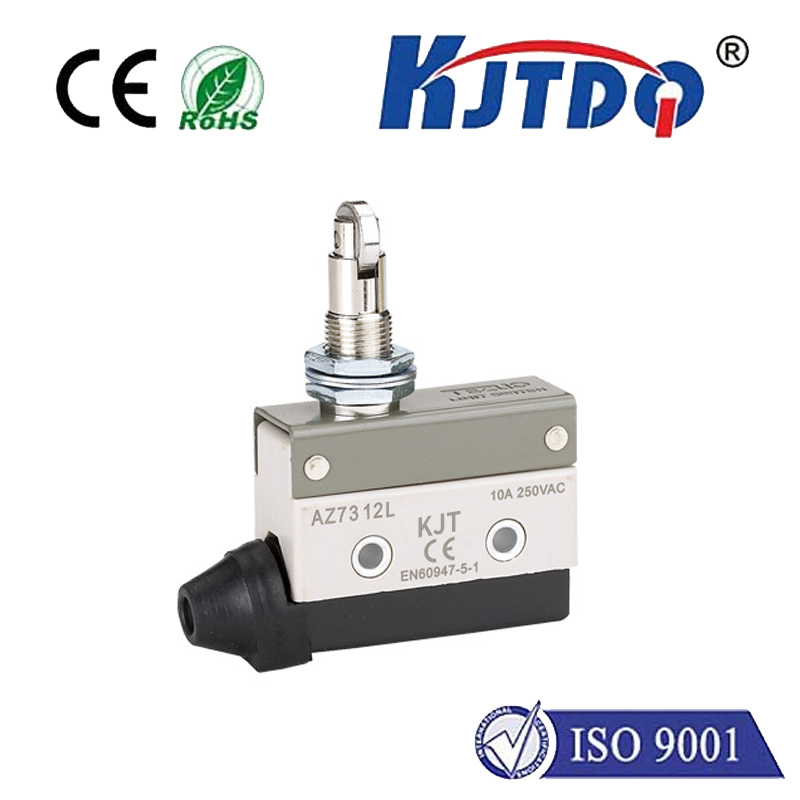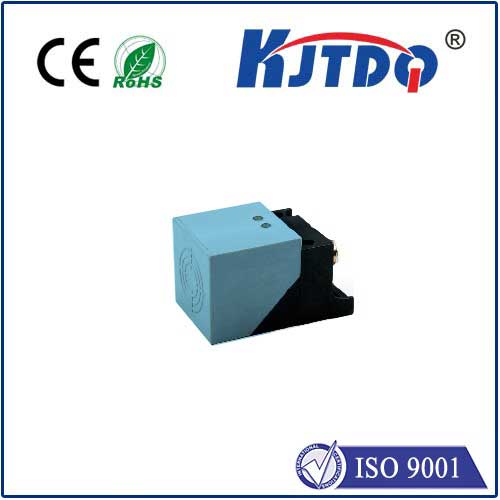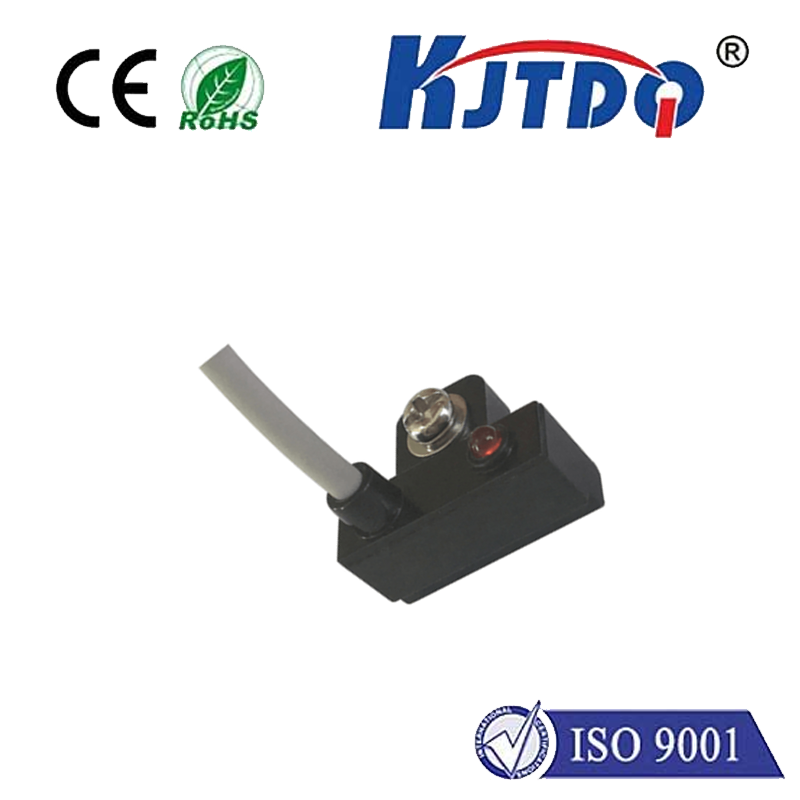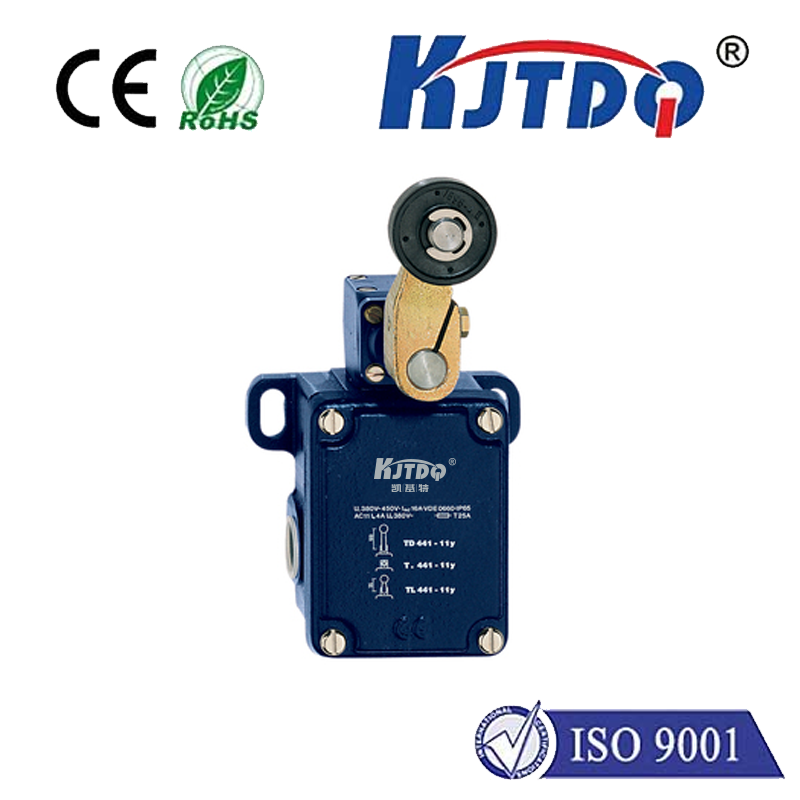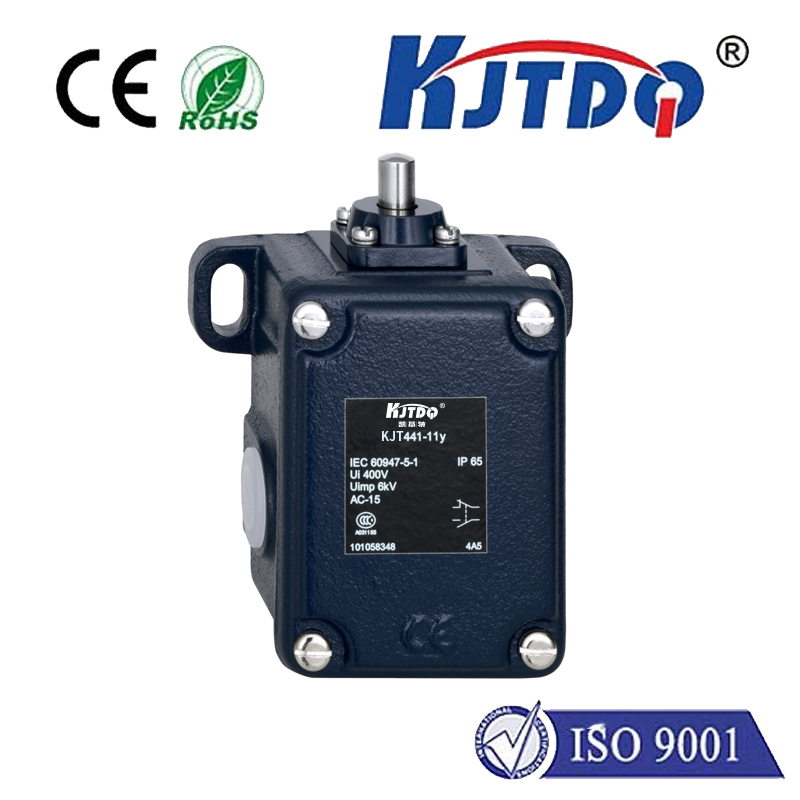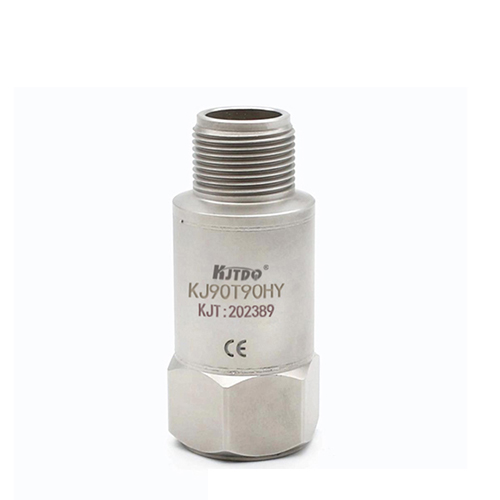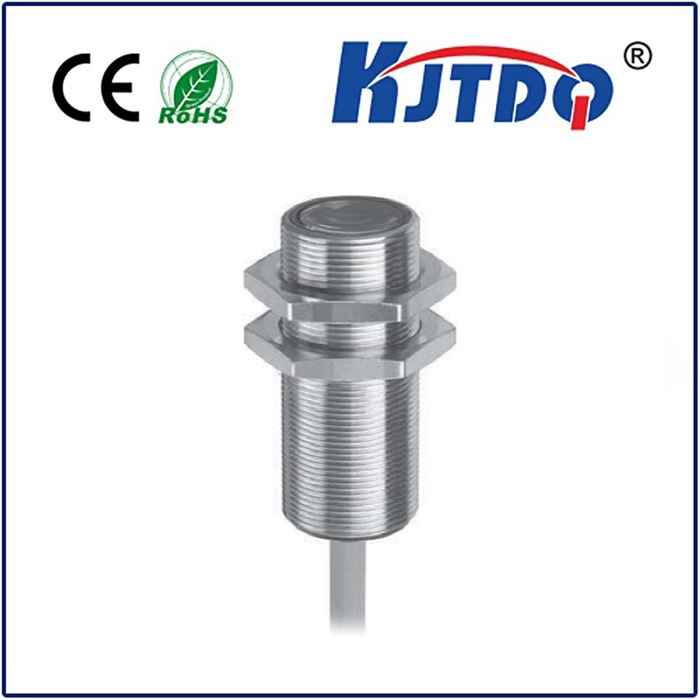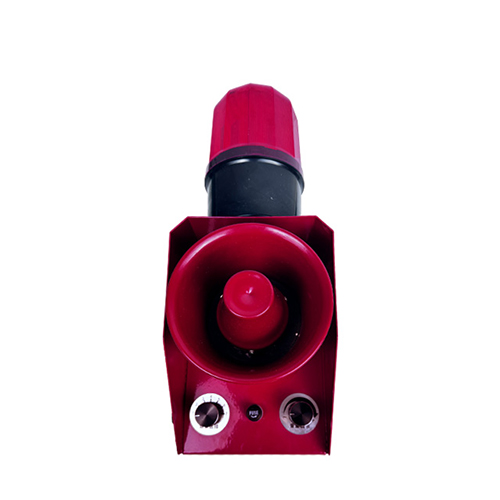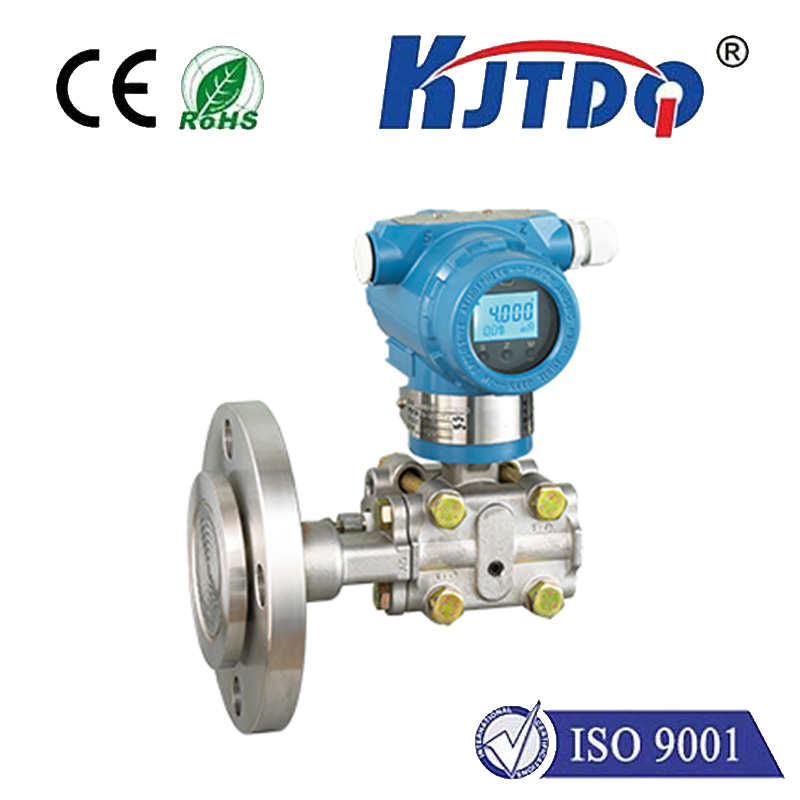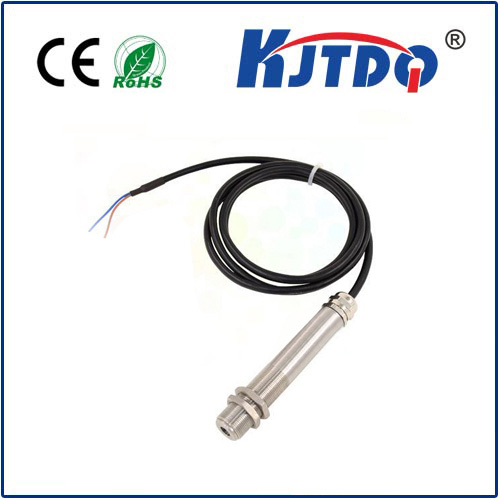

check

check

check

check
Light is a fundamental element of our environment, and the ability to detect and measure it precisely is crucial across countless technologies. Photocell sensors, or photoelectric sensors, serve as the essential translators, converting light energy into electrical signals we can understand and utilize. Understanding the distinct photocell sensor types is key to selecting the right component for any application, from simple dusk-to-dawn lighting to advanced scientific instrumentation. This guide delves into the primary categories, explaining their working principles, characteristics, and where they shine.
Photocells trace their origins back to early discoveries in photoelectricity, but their modern incarnations are sophisticated, reliable, and indispensable. Whether triggering security lights, optimizing solar panel output, or enabling complex automation, the right light sensor makes all the difference. Let’s illuminate the main types of photocell sensors:
1. Photoconductive Cells (Light Dependent Resistors - LDRs)
2. Photovoltaic Cells (Solar Cells)
3. Photojunction Devices: Precision Light Detectors
This category includes sensors built around semiconductor PN junctions or transistor structures, offering higher speed and sensitivity than LDRs, and designed specifically for signal generation/detection rather than power generation like PV cells. Key types are:
Photodiodes:
Principle: Based on the photodiode effect. These PN junction devices are typically operated in reverse bias. Photons absorbed in the depletion region create electron-hole pairs. The reverse bias voltage sweeps these charges apart, generating a current (photocurrent) proportional to the light intensity.

Key Characteristics:
High Speed: Photodiodes are exceptionally fast, responding within nanoseconds or picoseconds, making them ideal for high-frequency light signals (e.g., fiber optic communications).
Linear Response: Output photocurrent is highly linear with light intensity over a wide range.
Spectral Range: Can be tailored to specific wavelengths (Visible, Infrared (IR), Ultraviolet (UV)) by material choice (Silicon, Germanium, InGaAs).
Requires Bias: Need reverse bias voltage to operate optimally in photoconductive mode (though can be used in photovoltaic/zero-bias mode with lower linearity and speed).
Primary Applications: Fiber optic communication receivers, barcode scanners, laser rangefinders, medical imaging sensors (PET/CT), scientific instrumentation, light intensity measurement with high precision.
Phototransistors:
Principle: Essentially a bipolar transistor where the base-collector junction acts as a photodiode. Light striking the base-collector junction generates a photocurrent. This photocurrent is amplified by the transistor’s gain (hFE), resulting in a much larger collector current than a photodiode alone could produce. They can be thought of as photodiodes with built-in amplification.
Key Characteristics:
High Sensitivity: Offers significantly higher output current than a single photodiode due to internal gain.
Moderate Speed: Faster than LDRs but generally slower than photodiodes due to the inherent capacitance and carrier recombination time involved in the transistor action (typically microseconds response).
Less Linear: The amplification introduces some non-linearity compared to photodiodes.
Simplified Circuitry: Provides a larger output signal, often eliminating the need for an external amplifier in simpler applications.
Primary Applications: Object detection (optoisolators, position sensors), card readers, light barriers, industrial counters, and remote controls where high sensitivity and moderate speed are sufficient.
Beyond the Basics: Specialized Types
While LDRs, PV Cells, Photodiodes, and Phototransistors cover the vast majority of applications, specialized photocell sensor types exist:
Choosing the right photocell sensor type
